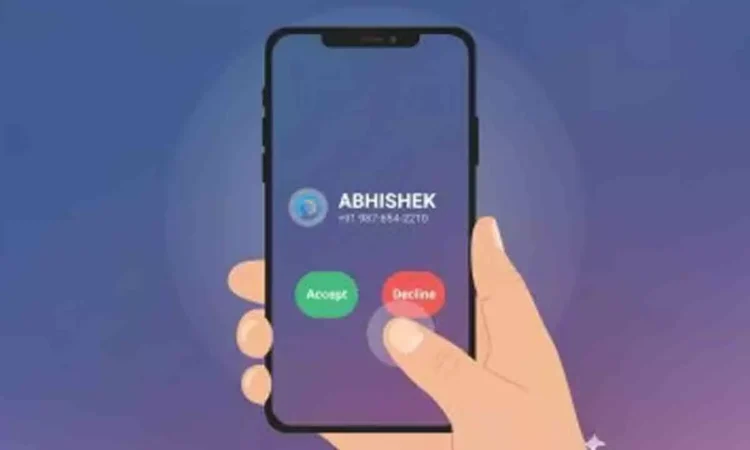India is preparing to launch a nationwide caller identification technology known as the Calling Name Presentation (CNAP) system. This initiative, approved by the Telecom Regulatory Authority of India (TRAI) and developed in partnership with the Department of Telecommunications (DoT), aims to transform how mobile users identify incoming calls. With CNAP, verified caller information will be displayed directly on users’ mobile screens, eliminating the necessity for third-party applications like Truecaller. When a call is received, the recipient’s telecom provider will retrieve the caller’s verified name from official telecom KYC (Know Your Customer) records.
This feature will enhance user trust by displaying not only the caller’s number but also their registered name, thereby assisting in the identification of potential spam or fraudulent calls before answering. The system will be enabled by default for all subscribers, although individuals can choose to opt out by contacting their telecom operator. Unlike current caller ID systems that depend on apps or user-reported data, CNAP will utilize verified information from telecom databases, which according to TRAI, enhances accuracy and security, thereby minimizing the risk of fake identities and spam calls. Each telecom operator will maintain its own Calling Name (CNAM) database, ensuring that verified names are retrieved and displayed in real time, including on basic feature phones.
Prior to granting approval, the DoT conducted thorough pilot trials of CNAP in various Indian cities, evaluating its performance on both 4G and 5G networks. These trials revealed some technical challenges, including outdated software and necessary network upgrades, but the outcomes were promising, affirming CNAP’s capacity to reliably identify callers and build user trust in mobile communication. Currently, most phones utilize Calling Line Identification (CLI), which only reveals the caller’s number. CNAP enhances this by incorporating verified names from telecom databases, providing a level of transparency that has been lacking in India’s mobile environment. With backend integration already in progress at leading telecom operators, CNAP is anticipated to launch soon as a built-in service across networks.
While an official launch date is yet to be confirmed, preparations for nationwide deployment are underway. Experts suggest that once fully operational, CNAP could become one of the world’s largest official caller ID systems, catering to India’s vast subscriber base. By using verified data from KYC processes, it promises more accuracy than third-party solutions while also addressing the rising issue of spam and scam calls. As India experiences unprecedented mobile usage and an increase in unsolicited calls, CNAP is viewed as a significant advancement towards safer and more transparent communication. Both TRAI and DoT aspire that this initiative will empower users, restore confidence in voice calls, and set a new standard for digital security in the telecom sector.


